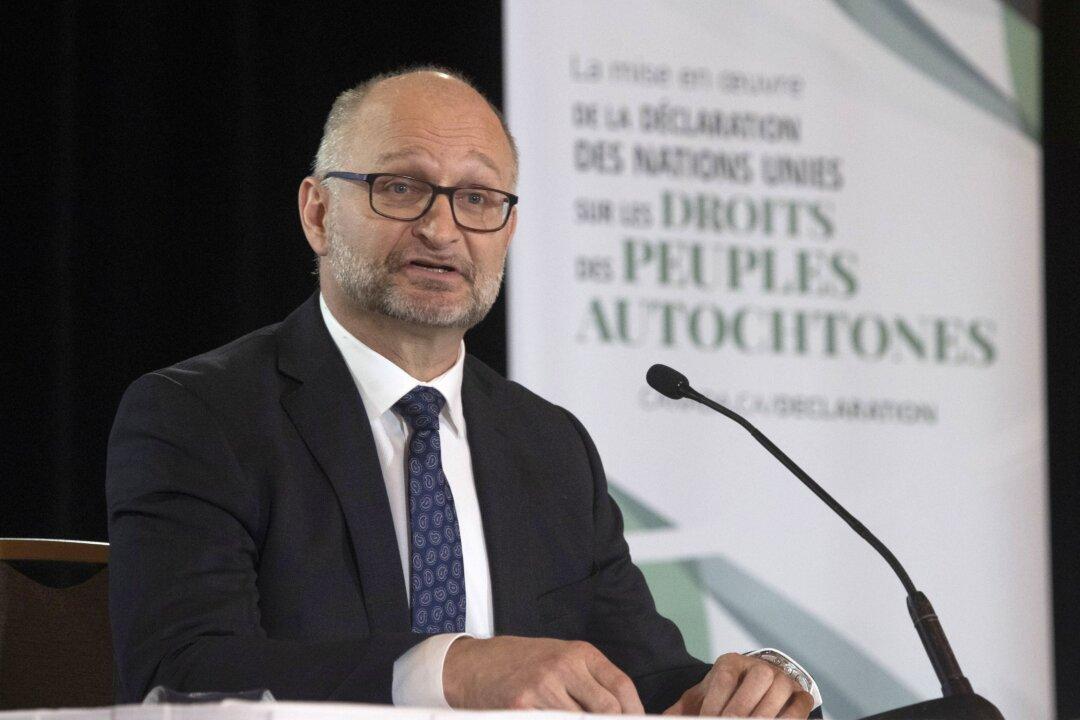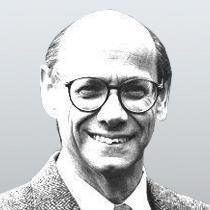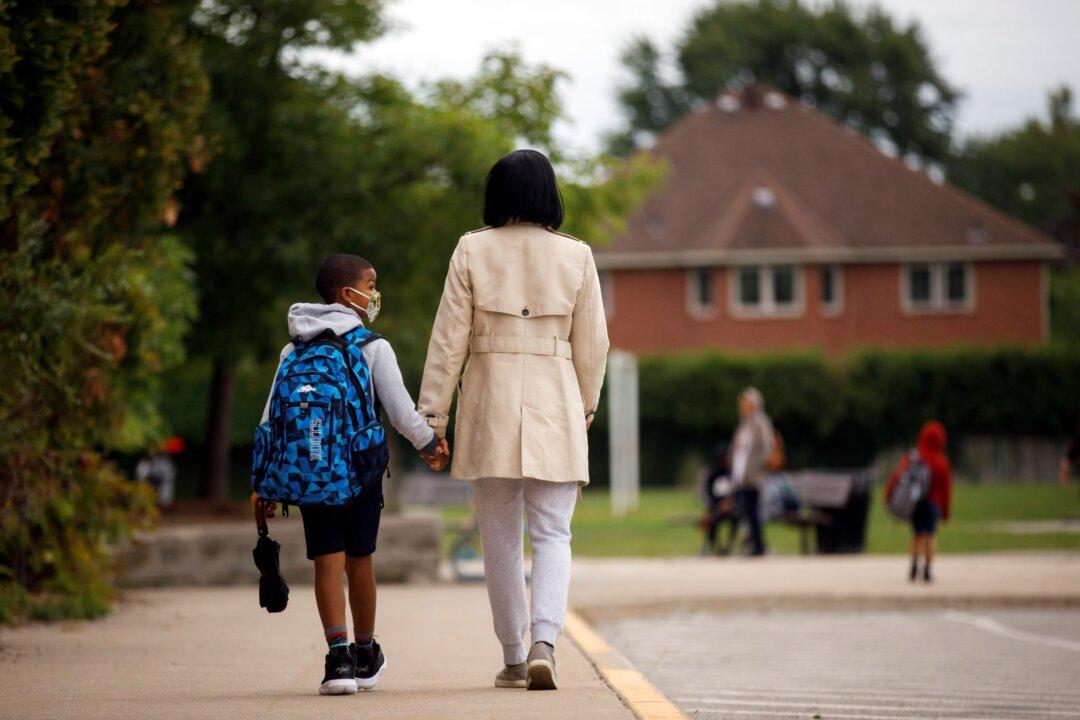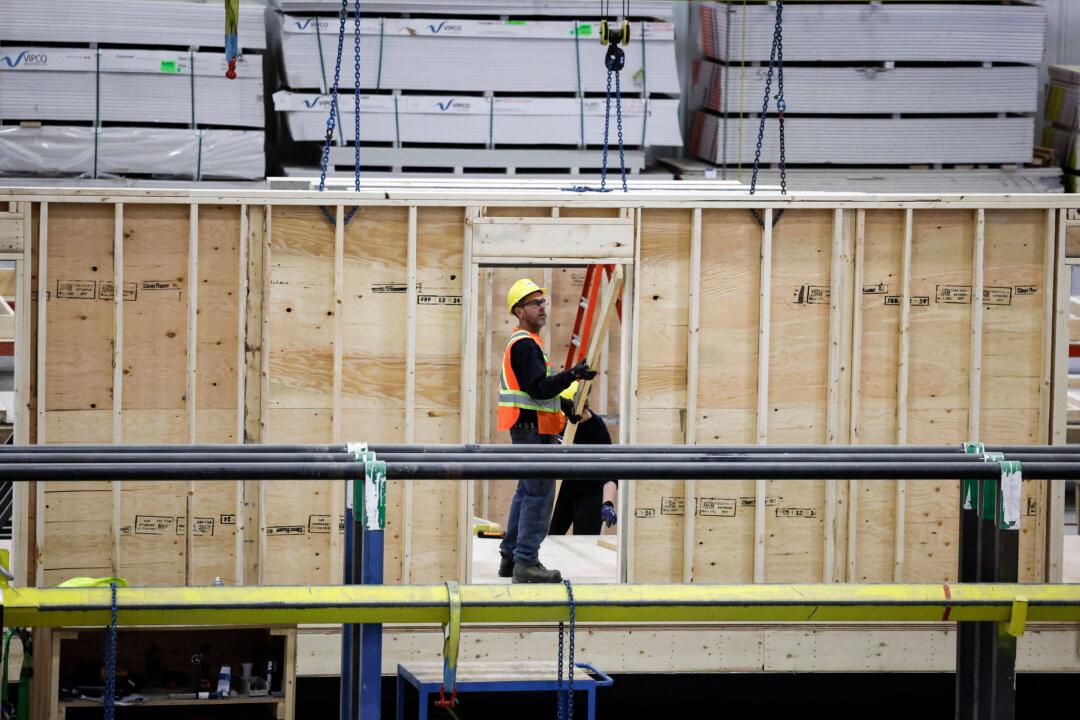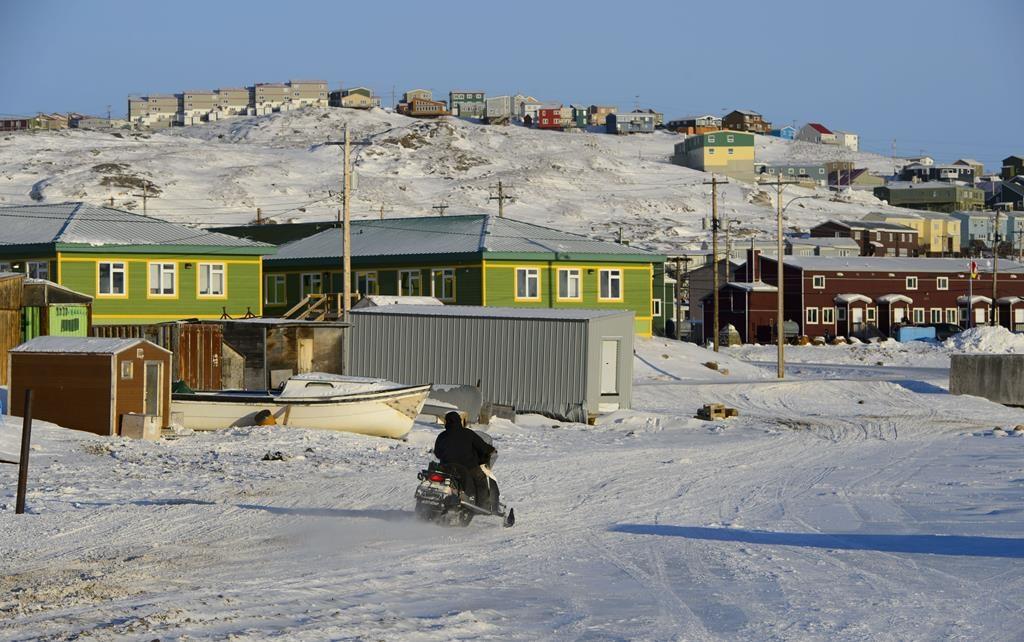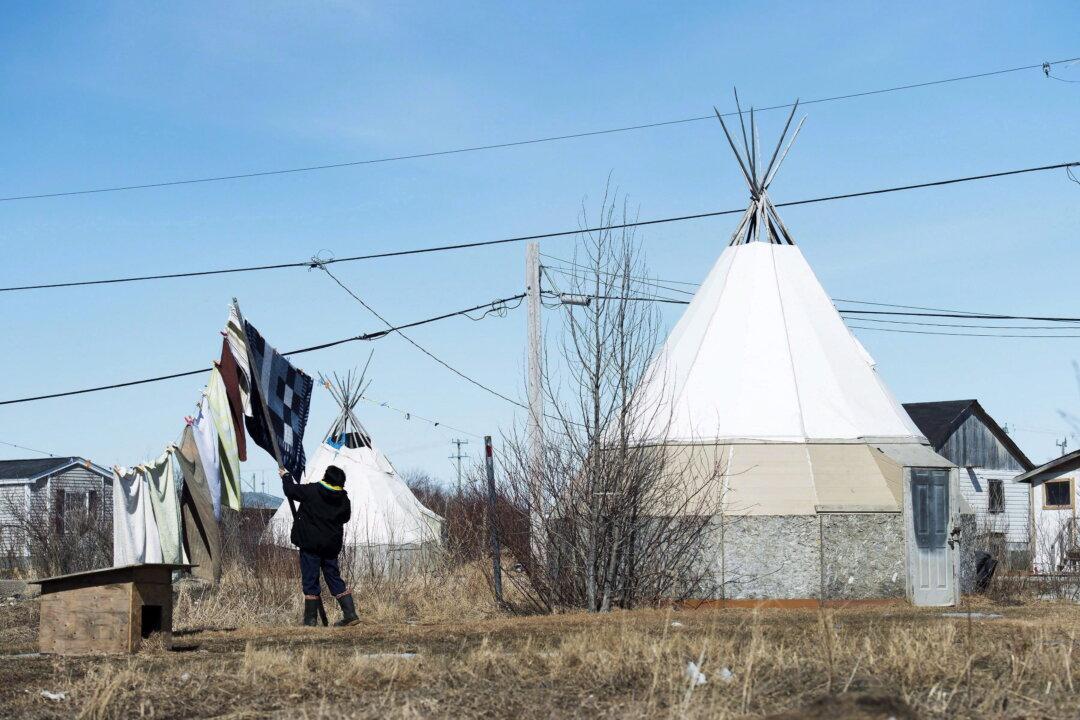Commentary
For a burgeoning underclass of marginalized indigenous youth, legislation to implement the U.N.’s Declaration on the Rights of Indigenous Peoples (UNDRIP) is a death sentence. They live in squalor in remote settlements and urban slums. Here’s a statement from the Royal Commission on Aboriginal Peoples’ 1995 report on suicide, “Choosing Life”:
